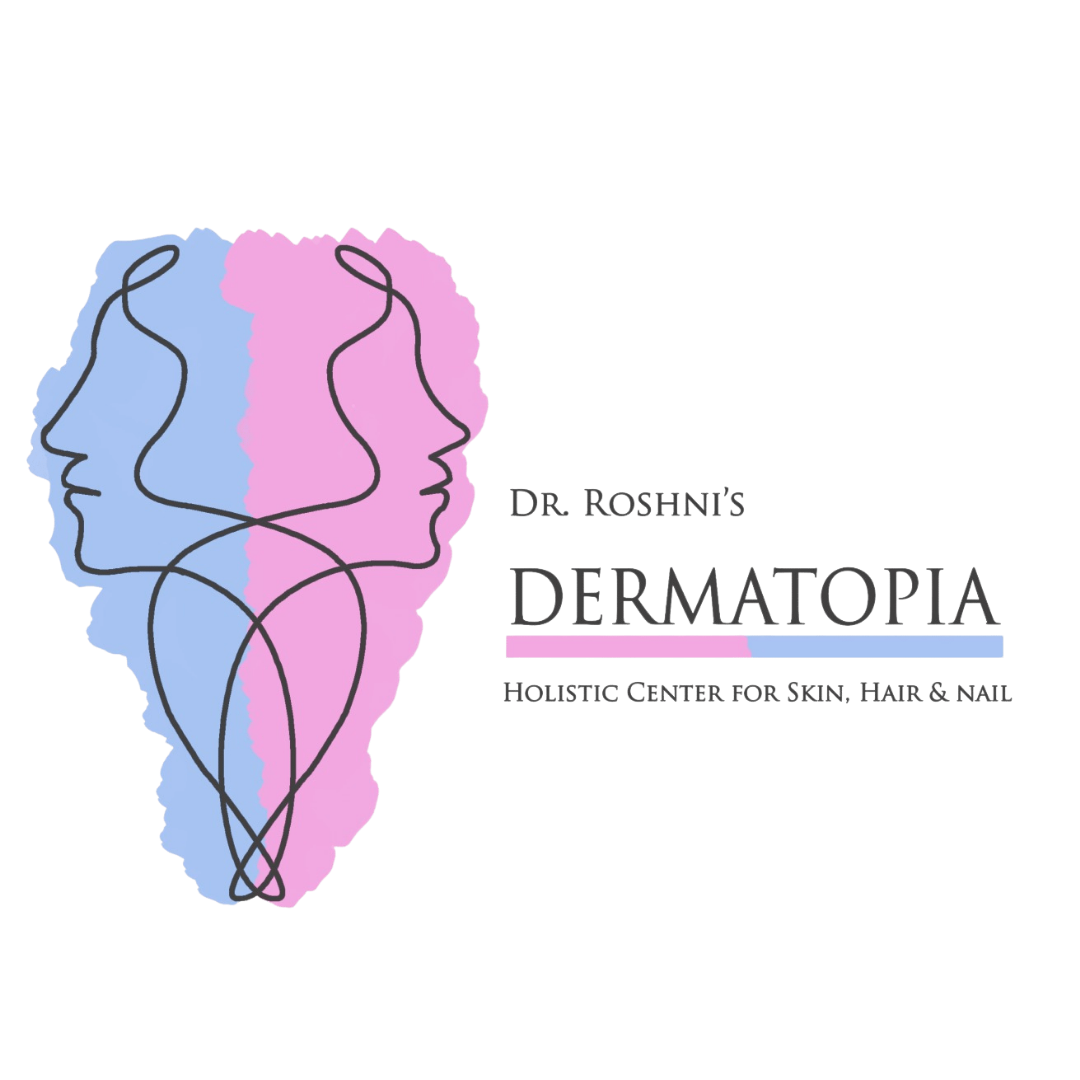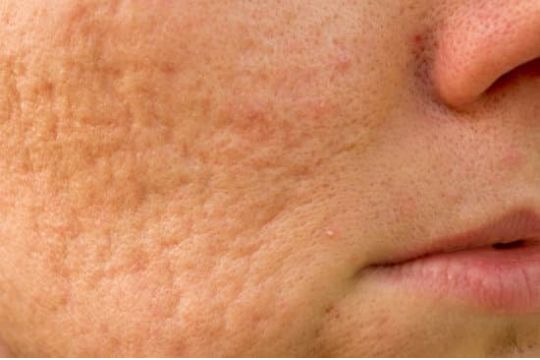
Acne scar surgery
Acne scar surgery is a cosmetic procedure that aims to improve the appearance of acne scars on the skin. The surgery involves removing the scar tissue and resurfacing the skin to create a smoother, more even complexion.
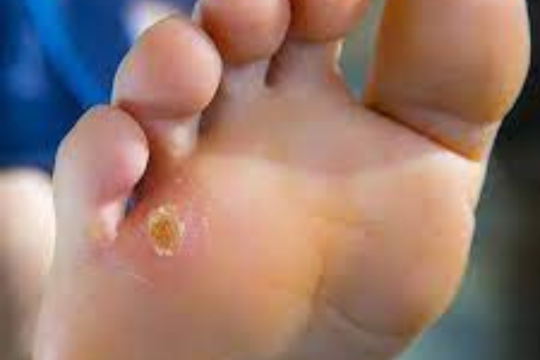
Corn removal
Corn removal is a procedure that involves removing the thickened and hardened layers of skin that develop due to friction or pressure. The process typically involves the use of specialized tools or chemicals to safely and effectively remove the corns.
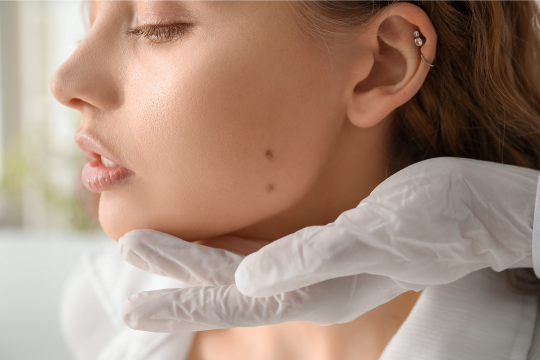
Mole removal
Mole removal is a common cosmetic procedure that involves the removal of benign or cancerous moles from the skin. The process can be done using various methods, including excision, shaving, or laser removal, depending on the size, location, and type of mole.

Skin tag removal
Skin tag removal is a simple and relatively painless cosmetic procedure that involves the removal of benign skin growths that hang off the skin’s surface. The process can be done using several methods, including cutting, freezing, or burning the skin tags.

Wart removal
Wart removal is a procedure that involves the removal of warts, which are small, rough growths caused by a viral infection. The process can be done using several methods, including cryotherapy, laser removal, or surgical excision, depending on the location and type of wart.
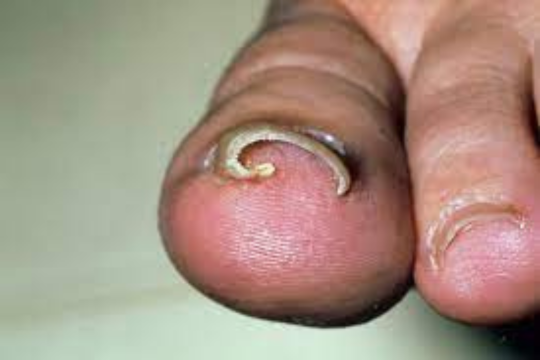
Ingrown toenail surgery
Ingrown toenail surgery is a minor surgical procedure that involves the removal of the ingrown toenail, which occurs when the edge of the nail grows into the skin. The procedure typically involves numbing the toe and removing the part of the nail that is causing the problem, and may involve the use of antibiotics to prevent infection.
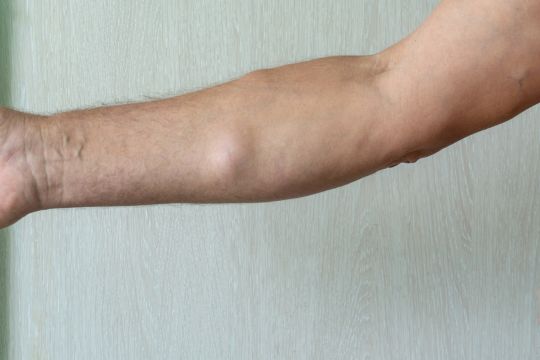
Cyst/ Lipoma surgery
Cyst/Lipoma surgery is a minor surgical procedure that involves the removal of benign growths under the skin, such as cysts or lipomas. The procedure typically involves making a small incision and removing the growth, and can usually be done under local anesthesia.
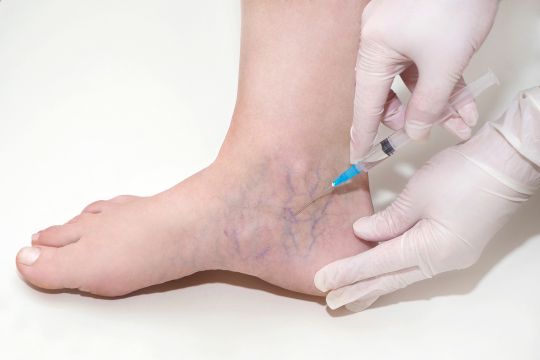
Sclerotherapy
Sclerotherapy is a medical procedure used to treat varicose veins and spider veins by injecting a solution directly into the affected veins, which causes them to shrink and eventually disappear. The procedure is minimally invasive and usually done on an outpatient basis.
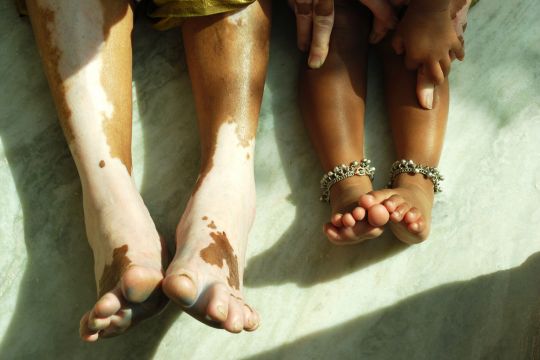
Vitiligo surgery
Vitiligo surgery is a procedure that involves the removal of healthy skin from one part of the body and transplanting it to the areas affected by vitiligo, a condition that causes depigmentation of the skin. The procedure is typically done in cases where other treatments have been ineffective and may require multiple sessions.

Keloid reduction
Keloid reduction is a procedure that aims to reduce the appearance of keloid scars, which are raised, thickened areas of skin that form after an injury or surgery. The process can be done using several methods, including corticosteroid injections, cryotherapy, or surgical excision, depending on the size and location of the keloid.
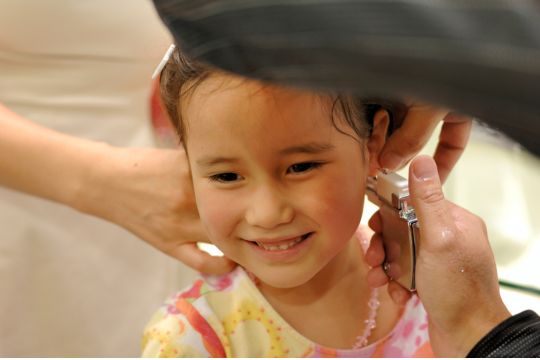
Ear piercing
Ear piercing is a popular cosmetic procedure that involves creating a hole in the earlobe or cartilage for the purpose of wearing earrings or other types of jewelry. The process can be done using a piercing gun or a sterile needle, and proper aftercare is essential to prevent infection and promote healing.
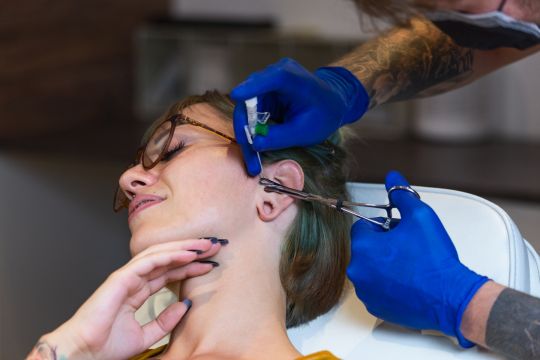
Earlobe repair
Earlobe repair is a cosmetic procedure that involves repairing a torn or stretched earlobe, which can occur due to trauma, wearing heavy earrings, or gauging. The procedure typically involves removing the damaged tissue and suturing the earlobe back together, and can usually be done under local anesthesia in a doctor’s office.
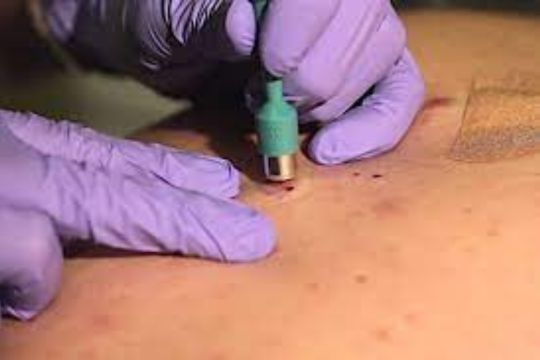
Skin biopsy
A skin biopsy is a medical procedure that involves the removal of a small sample of skin tissue for diagnostic purposes. The procedure can be done using several methods, including a punch biopsy or a shave biopsy, and is typically performed under local anesthesia in a doctor’s office.
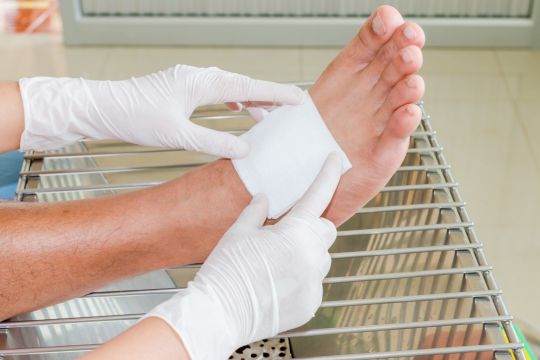
PRFM for non-healing ulcer
PRFM (Platelet-Rich Fibrin Matrix) is a medical treatment that involves using a patient’s own blood plasma to promote healing of non-healing ulcers. The PRFM gel is produced by centrifuging patient’s own blood to produce a fibrin clot which is rich in growth factors to stimulate tissue regeneration and repair.
